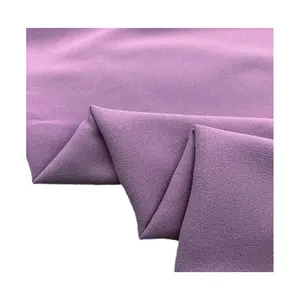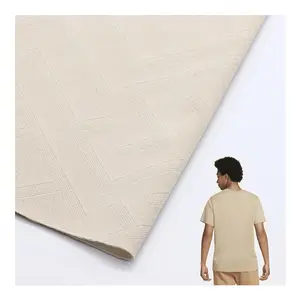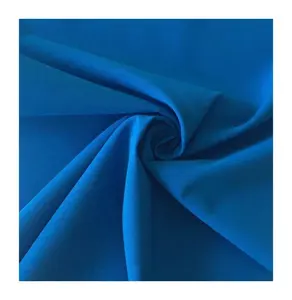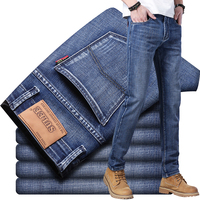
Exploring the diverse range of jacket fabrics on Alibaba.com reveals a variety of materials suited for different needs and preferences. Gabardine polyester twill stands out as a durable choice for uniform workwear and overalls, offering a structured and resilient option for professional attire. Pongee, known for its waterproof and downproof qualities, is crafted into ultrasonic quilted fabric, ideal for jackets and coats that demand a high level of water resistance.
For those seeking comfort in cooler climates, a blend of cotton and polyester, such as the polycotton T/C blend, provides a balance of breathability and strength, while fleece fabrics offer a plush, anti-pilling option for casual sweatshirts and hoodies. The warmth of cotton is also enhanced in the ultrasonic quilted lining pressed cotton, suitable for autumn and winter down jackets.
In the realm of synthetic fibers, waterproof softshell fleece fabrics are engineered for fashion-forward jackets, combining breathability and protection against the elements. Nylon Taslan presents a crinkled, wrinkle-resistant surface, making it a popular choice for stylish yet practical outerwear. Additionally, the versatility of softshell fabrics is evident in their use for outdoor jackets, featuring a three-layer breathable, waterproof laminated structure.
Lastly, for those in search of a fabric that can withstand the rigors of the outdoors, the windproof and breathable bonded softshell materials, often made from woven polyester, are customizable to cater to a range of outdoor activities. Whether it's for casual wear or for braving extreme weather, Alibaba.com's selection of jacket fabrics provides a comprehensive spectrum to meet the demands of various consumers.









































 浙公网安备 33010002000092号
浙公网安备 33010002000092号 浙B2-20120091-4
浙B2-20120091-4